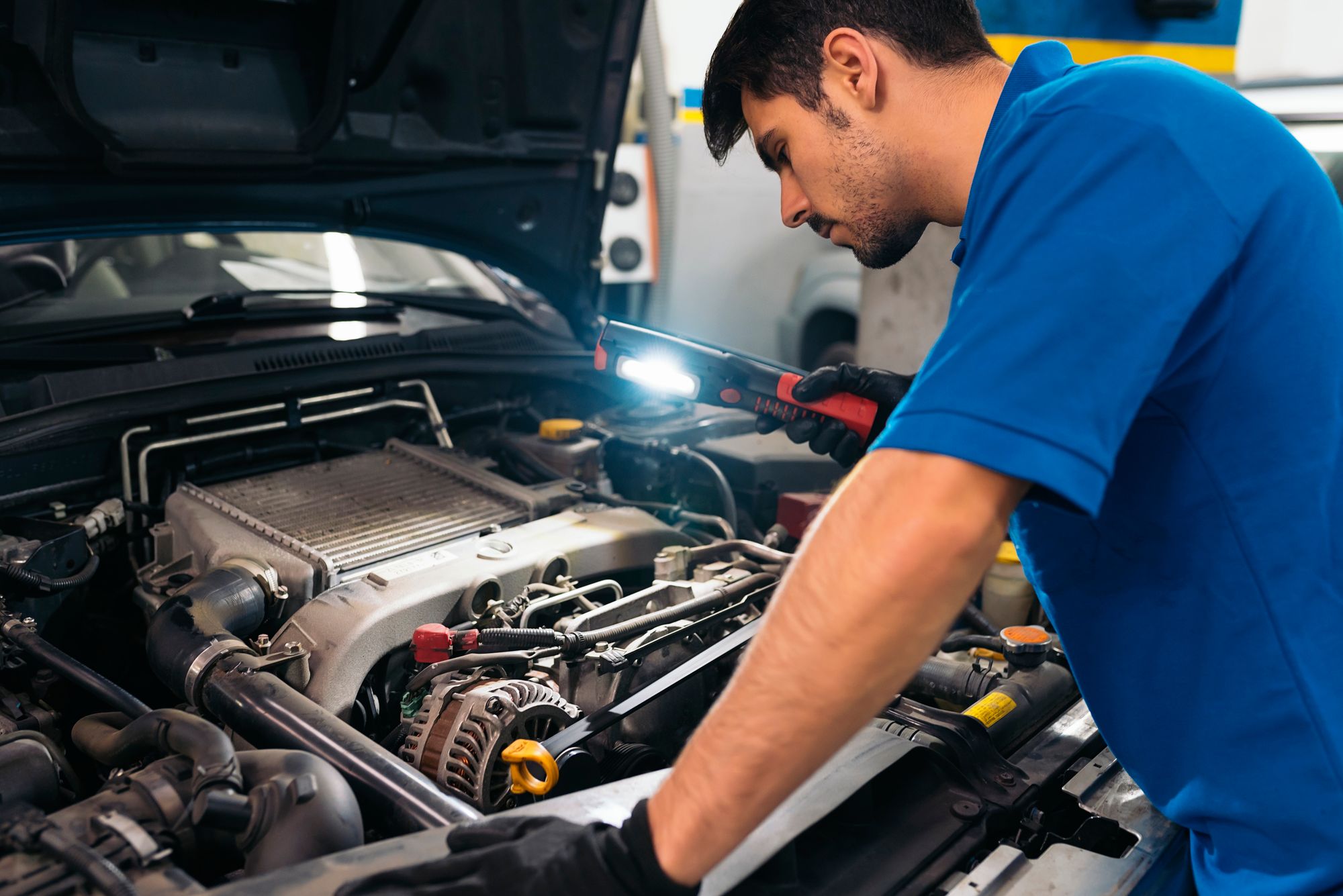

Articles
When Should Water Pump Be Replaced
Modified: October 20, 2024
Discover the signs that indicate when a water pump should be replaced. Read our informative articles for useful tips and expert advice.
(Many of the links in this article redirect to a specific reviewed product. Your purchase of these products through affiliate links helps to generate commission for Storables.com, at no extra cost. Learn more)
Introduction
The water pump is an essential component of a vehicle’s cooling system. Its primary function is to circulate coolant throughout the engine, ensuring that it stays at an optimal temperature. Over time, however, water pumps may wear out and fail, leading to a range of issues that can affect the overall performance of the vehicle.
In this article, we will discuss when and why a water pump should be replaced. We will explore the signs of water pump failure, the factors that can affect the lifespan of a water pump, and the recommended replacement interval. Additionally, we will delve into the most common causes of water pump failure, as well as the importance of regular maintenance. Lastly, we will provide a step-by-step guide on how to replace a water pump.
If you notice any issues with your vehicle’s cooling system, it is crucial to address them promptly. Ignoring signs of water pump failure can lead to catastrophic engine damage and expensive repairs. By understanding the signs of a failing water pump and knowing when to replace it, you can ensure the longevity and performance of your vehicle’s cooling system.
Key Takeaways:
- Regular maintenance and timely replacement of the water pump are crucial for preventing engine damage and ensuring optimal vehicle performance. Ignoring signs of water pump failure can lead to costly repairs and breakdowns.
- Understanding the signs of water pump failure, factors affecting its lifespan, and the recommended replacement interval empowers vehicle owners to take proactive measures. By prioritizing regular maintenance, they can avoid potential issues and enjoy a reliable driving experience.
Signs of Water Pump Failure
A failing water pump can exhibit various warning signs that indicate it may need to be replaced. These signs should not be ignored, as they can lead to severe engine damage and compromised vehicle performance. Here are some common signs of water pump failure:
- Leaking Coolant: One of the most telltale signs of a failing water pump is coolant leakage. If you notice puddles of coolant under your vehicle or find coolant dripping from the engine, it is likely that the water pump seal or gasket has worn out and needs to be replaced.
- Overheating Engine: A malfunctioning water pump cannot effectively circulate coolant, causing the engine temperature to rise rapidly. If you notice that your engine is consistently running hotter than normal, it could be an indication of water pump failure.
- Audible Whining or Grinding Noise: A worn-out water pump bearing can produce a distinct whining or grinding noise. This noise becomes more prominent as the pump deteriorates and should be investigated promptly.
- Engine Misfire: A faulty water pump can lead to coolant infiltrating the engine cylinders, resulting in reduced combustion efficiency and engine misfires. If you experience frequent misfires, it is important to have your water pump inspected.
- Steam or Smoke from the Engine Compartment: In severe cases of water pump failure, the engine may overheat to the point where steam or smoke emerges from the engine compartment. This is a serious issue that requires immediate attention to prevent further damage.
If you observe any of these signs, it is crucial to have your water pump inspected and potentially replaced by a qualified mechanic. Ignoring these warning signs can result in more extensive engine damage and costly repairs. Regular maintenance and timely replacement of the water pump are essential to ensure the proper functioning of your vehicle’s cooling system.
Factors Affecting Water Pump Lifespan
The lifespan of a water pump can vary depending on several factors. Understanding these factors can help vehicle owners anticipate when a water pump may need to be replaced. Here are the main factors that can affect the lifespan of a water pump:
- Quality of Materials: The quality of the materials used in manufacturing the water pump can significantly impact its longevity. Water pumps made from high-quality materials, such as cast iron or aluminum, tend to have a longer lifespan than those made from lower-quality materials.
- Driving Conditions: The driving conditions that a vehicle is subjected to can also impact the lifespan of the water pump. Extreme temperatures, harsh terrain, and frequent stop-and-go traffic can all put additional stress on the water pump, causing it to wear out more quickly.
- Coolant Quality: The quality and condition of the coolant used in the vehicle also play a role in the lifespan of the water pump. Contaminated or old coolant can cause corrosion and deterioration of the water pump components, leading to premature failure.
- Maintenance: Regular maintenance, including flushing and replacing the coolant according to the manufacturer’s recommendations, can significantly extend the lifespan of the water pump. Neglecting routine maintenance can result in the buildup of sediment and rust, which can damage the water pump over time.
- Installation Quality: The quality of the water pump installation is crucial for its longevity. Improper installation, such as a misaligned pulley or incorrect torque specs, can cause excessive wear and premature failure of the water pump.
While some factors affecting the water pump lifespan are beyond the vehicle owner’s control, others can be mitigated through proper maintenance and care. Regularly inspecting the cooling system, monitoring coolant levels, and addressing any issues promptly can help prolong the lifespan of the water pump.
Additionally, investing in a high-quality water pump and having it installed by a qualified professional can also contribute to a longer lifespan. Understanding these factors can assist vehicle owners in taking proactive measures to ensure the longevity and optimal performance of their vehicle’s water pump.
Recommended Replacement Interval for Water Pumps
The recommended replacement interval for water pumps can vary depending on the vehicle make, model, and manufacturer guidelines. However, a general rule of thumb is to replace the water pump approximately every 60,000 to 90,000 miles or every 5 to 7 years. It is important to note that this is just a guideline, and it’s essential to consult your vehicle’s owner’s manual or check with a qualified mechanic for the specific replacement interval for your vehicle.
Several factors contribute to the recommended replacement interval for water pumps. These factors include the quality of the water pump, driving conditions, maintenance practices, and the overall health of the cooling system. Regular inspection and monitoring of the water pump’s performance and the cooling system can help identify any signs of wear or impending failure, allowing for timely replacement.
It’s worth noting that replacing the water pump at the recommended interval is a proactive approach to prevent potential issues and ensure the optimal performance of the vehicle’s cooling system. Neglecting to replace the water pump can lead to more severe problems, including engine overheating, coolant leaks, and even engine damage, which can be costly to repair.
If you are unsure about the replacement interval for your water pump, it is always best to consult with a trusted mechanic or refer to the manufacturer’s recommendations. They can provide guidance based on your specific vehicle and driving conditions.
Remember, proper maintenance, including regular inspection, coolant flushes, and replacing the water pump at the recommended interval, is essential to maintain the efficiency and longevity of the cooling system. By staying proactive and adhering to the recommended replacement interval for the water pump, you can avoid potential breakdowns and costly repairs, ensuring a smooth and reliable driving experience.
It is recommended to replace a water pump every 60,000 to 90,000 miles or as specified by the manufacturer. Signs of a failing water pump include coolant leaks, engine overheating, and unusual noises. Regular maintenance and inspection can help prevent unexpected failures.
Common Causes of Water Pump Failure
Water pump failure can occur due to various factors, some of which are preventable with proper maintenance and care. Understanding the common causes of water pump failure can help vehicle owners take proactive measures to prevent premature failure. Here are some of the most common causes:
- Overheating: Overheating is one of the primary causes of water pump failure. When an engine runs too hot, excessive heat can cause the water pump to fail, leading to a breakdown in the cooling system. This can be caused by a malfunctioning thermostat, a faulty radiator, or a lack of coolant.
- Leaking Coolant: Coolant leakage is another common cause of water pump failure. If there is a leak in the water pump seal or gasket, coolant can escape, leading to insufficient cooling and potential overheating. Corroded or damaged hoses and fittings can also cause coolant leaks, putting stress on the water pump.
- Poor Maintenance: Neglecting regular maintenance, such as coolant flushes and replacements, can contribute to water pump failure. Over time, coolant can become contaminated with debris and sediment, leading to corrosion and damage to the water pump components. Regular maintenance helps ensure the proper functioning of the water pump and the entire cooling system.
- Excessive Wear and Tear: The constant rotation of the water pump impeller can cause wear on the bearings and seals over time. Excessive wear and tear of these components can lead to water pump failure. Factors such as a poor-quality water pump, driving conditions, and the vehicle’s age can contribute to accelerated wear.
- Mechanical Damage: Physical damage to the water pump, such as from accidents or impacts, can cause failure. Damage to the pump housing, impeller, or shaft can hinder its ability to circulate coolant effectively, resulting in overheating and potential engine damage.
Preventing water pump failure involves proactive maintenance and care. Regularly inspecting the cooling system, checking for coolant leaks, and promptly addressing any issues can help prevent premature failure. Additionally, following the manufacturer’s recommended maintenance schedule, including coolant flushes and replacements, can extend the lifespan of the water pump.
By understanding the common causes of water pump failure and taking preventive measures, vehicle owners can ensure the longevity and efficient performance of their vehicle’s cooling system. A well-maintained water pump plays a vital role in keeping the engine cool and preventing costly repairs and breakdowns.
Read more: When To Replace Water Pump And Timing Belt
Importance of Regular Maintenance for Water Pumps
Regular maintenance is essential for the optimal performance and longevity of water pumps. By implementing a routine maintenance schedule for your vehicle’s cooling system, including the water pump, you can prevent potential issues and avoid costly repairs. Here’s why regular maintenance is crucial for water pumps:
- Prevention of Premature Failure: Regular maintenance allows for the early detection of any potential issues or signs of wear and tear. By addressing these issues promptly, you can prevent them from escalating and causing premature water pump failure. Inspecting the water pump for leaks, monitoring coolant levels, and checking for any unusual noises can help identify problems before they become major concerns.
- Optimal Cooling System Performance: The water pump plays a vital role in the vehicle’s cooling system. Regular maintenance ensures that the water pump is functioning at its best, efficiently circulating coolant to keep the engine at the proper temperature. By keeping the cooling system in top condition, regular maintenance helps prevent overheating and potential engine damage.
- Prolonged Lifespan: Just like any other mechanical component, water pumps have a limited lifespan. However, by following a regular maintenance routine, including coolant flushes and replacements, you can extend the lifespan of the water pump. Flushing the coolant removes debris and contaminants that can cause corrosion and damage to the pump’s components, ensuring its long-term durability.
- Cost Savings: Regular maintenance can save you money in the long run. By preventing major water pump issues and detecting minor problems early on, you can avoid costly repairs or even engine damage. Proactive maintenance is much more cost-effective compared to dealing with the consequences of neglect and potential breakdowns.
- Peace of Mind: Regular maintenance provides peace of mind for vehicle owners. Knowing that the water pump and the entire cooling system are well-maintained and functioning properly allows you to drive with confidence, knowing that your engine is protected and operating at its best.
By incorporating regular maintenance into your vehicle care routine, you can ensure the optimal performance and longevity of the water pump. Consulting your vehicle’s owner’s manual or seeking guidance from a qualified mechanic can help you establish a maintenance schedule that suits your vehicle’s specific requirements.
Remember, neglecting regular maintenance can lead to water pump failure, overheating, and potential engine damage. Taking the time to inspect, maintain, and promptly address any issues can save you time, money, and stress in the long run, while also ensuring the reliable and efficient operation of your vehicle’s cooling system.
Steps to Replace a Water Pump
Replacing a water pump should be done by a qualified mechanic, as it requires technical expertise and knowledge of the vehicle’s cooling system. However, understanding the general steps involved in replacing a water pump can give you a better understanding of the process. Here are the typical steps to replace a water pump:
- Drain the Coolant: Start by draining the coolant from the radiator. Make sure the engine has cooled down before opening the radiator cap and draining the coolant into a suitable container.
- Remove Obstacles: Remove any obstacles that may obstruct access to the water pump, such as the radiator fan, serpentine belt, or other components in the way. Refer to the vehicle’s service manual for specific instructions on removing these components.
- Disconnect Hoses and Connections: Disconnect the hoses and electrical connections attached to the water pump. Label or take note of the placement of each connection to ensure proper reinstallation later.
- Remove the Water Pump: Loosen and remove the bolts securing the water pump to the engine block. Gently pry the water pump loose from the engine block using a suitable tool. Be careful not to damage the mating surfaces.
- Clean and Prepare: Thoroughly clean the mating surface on the engine block to ensure a proper seal with the new water pump. Check for any debris or residue that may hinder proper installation.
- Install the New Water Pump: Apply a thin layer of gasket sealant on both sides of the gasket, then carefully position the new water pump over the mounting surface on the engine block. Secure the water pump in place by tightening the bolts according to the manufacturer’s torque specifications.
- Reconnect Hoses and Connections: Reconnect the hoses and electrical connections to the new water pump in their proper locations. Ensure that all connections are secure and properly tightened.
- Reinstall Obstacles: Put back any components that were removed to access the water pump, such as the radiator fan or serpentine belt. Follow the vehicle’s service manual for the proper installation procedure.
- Refill the Coolant: Refill the cooling system with the appropriate type and amount of coolant as specified by the manufacturer. Bleed any air pockets from the system, if necessary.
- Test and Inspect: Start the engine and let it run for several minutes, monitoring the temperature gauge to ensure the cooling system is functioning properly. Check for any leaks or unusual noises. Afterward, inspect the area around the water pump for any signs of coolant leakage.
Remember, these steps are a general guideline, and specific instructions may vary depending on the vehicle make and model. It is crucial to consult the vehicle’s service manual or seek guidance from a qualified mechanic before attempting to replace a water pump.
Due to the complexity of the task and the importance of proper installation, it is recommended to have a professional mechanic perform the water pump replacement. They have the knowledge, experience, and specialized tools to ensure a successful and reliable installation.
Conclusion
The water pump is a critical component of a vehicle’s cooling system, responsible for circulating coolant and maintaining optimal engine temperature. Recognizing the signs of water pump failure, understanding the factors that affect its lifespan, and following the recommended replacement interval are key to ensuring the longevity and performance of the water pump.
By regularly inspecting the cooling system, monitoring coolant levels, and addressing any issues promptly, vehicle owners can prevent potential water pump failures and avoid costly repairs. Proper maintenance, including coolant flushes and replacements, contributes to the overall health of the water pump and the entire cooling system.
Common causes of water pump failure, such as overheating, coolant leaks, and poor maintenance, can be mitigated through proactive measures and a commitment to regular maintenance. Preventing premature failure of the water pump not only safeguards the engine but also saves money in the long run by avoiding costly repairs and breakdowns.
While understanding the basic steps involved in replacing a water pump is beneficial, it is important to trust this task to a qualified mechanic. They have the expertise and specialized tools required for a successful replacement, ensuring the proper installation and function of the new water pump.
In conclusion, regular maintenance, proper care, and timely replacement of the water pump are crucial for preserving the performance and prolonging the lifespan of the vehicle’s cooling system. By staying proactive and attentive to the signs and needs of the water pump, vehicle owners can enjoy a smooth and reliable driving experience, free from the headaches of overheating and potential engine damage.
Frequently Asked Questions about When Should Water Pump Be Replaced
Was this page helpful?
At Storables.com, we guarantee accurate and reliable information. Our content, validated by Expert Board Contributors, is crafted following stringent Editorial Policies. We're committed to providing you with well-researched, expert-backed insights for all your informational needs.
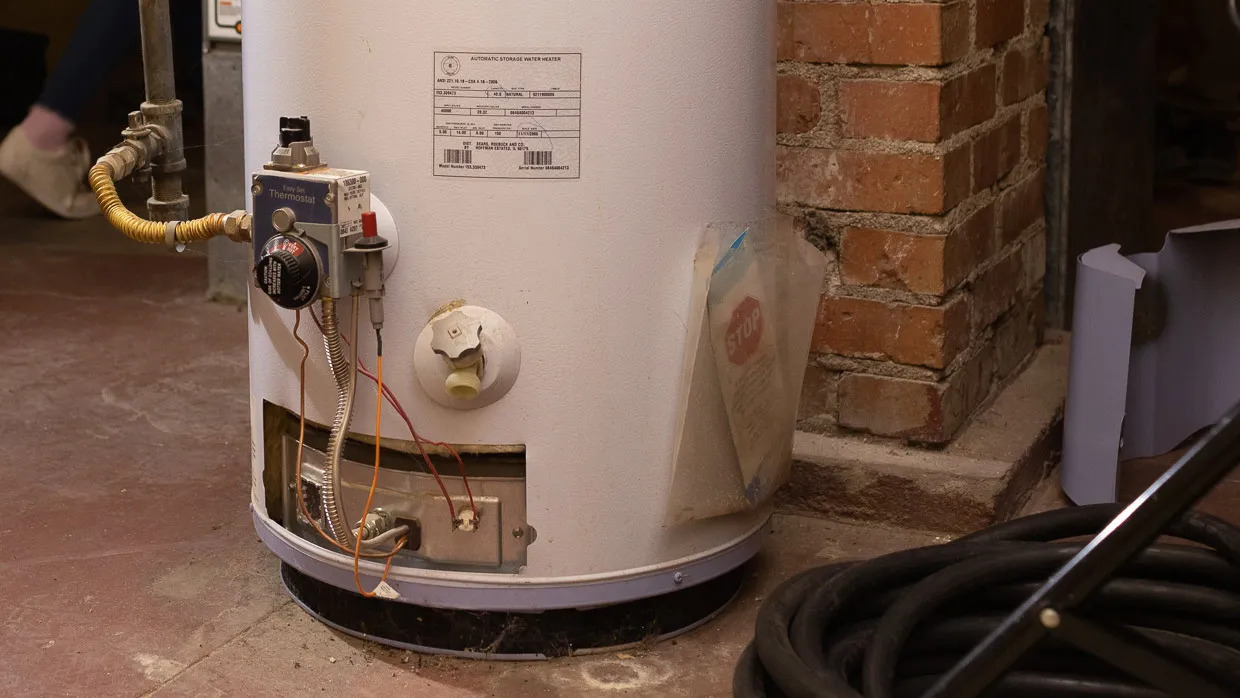
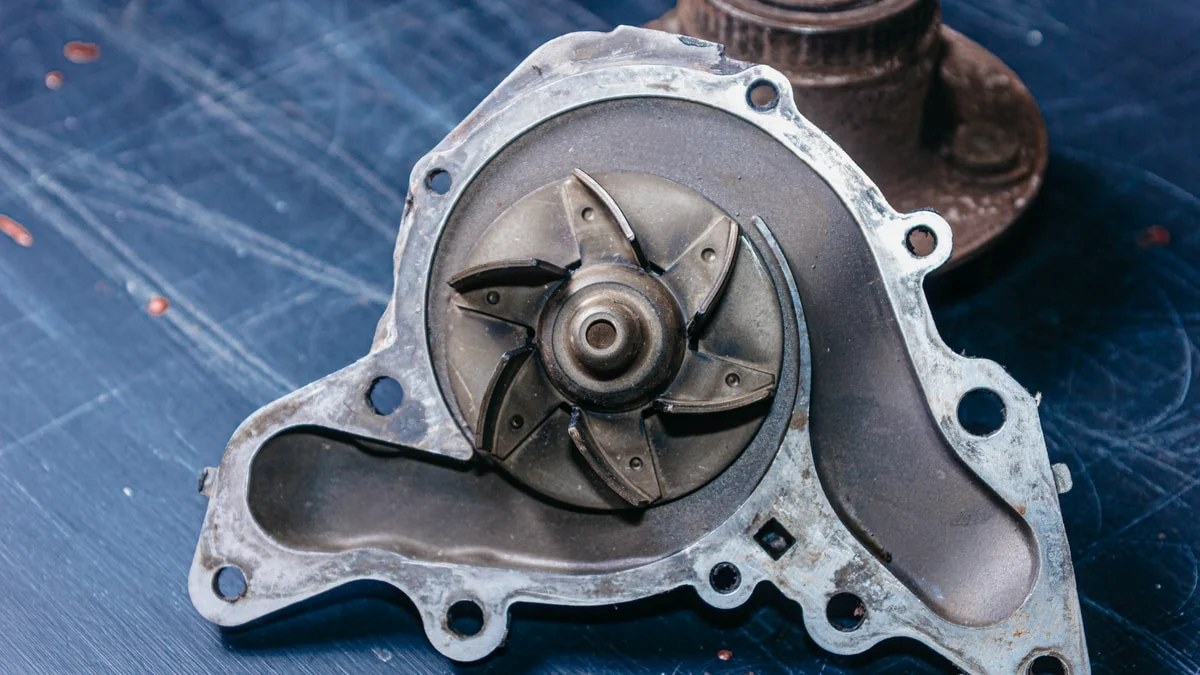
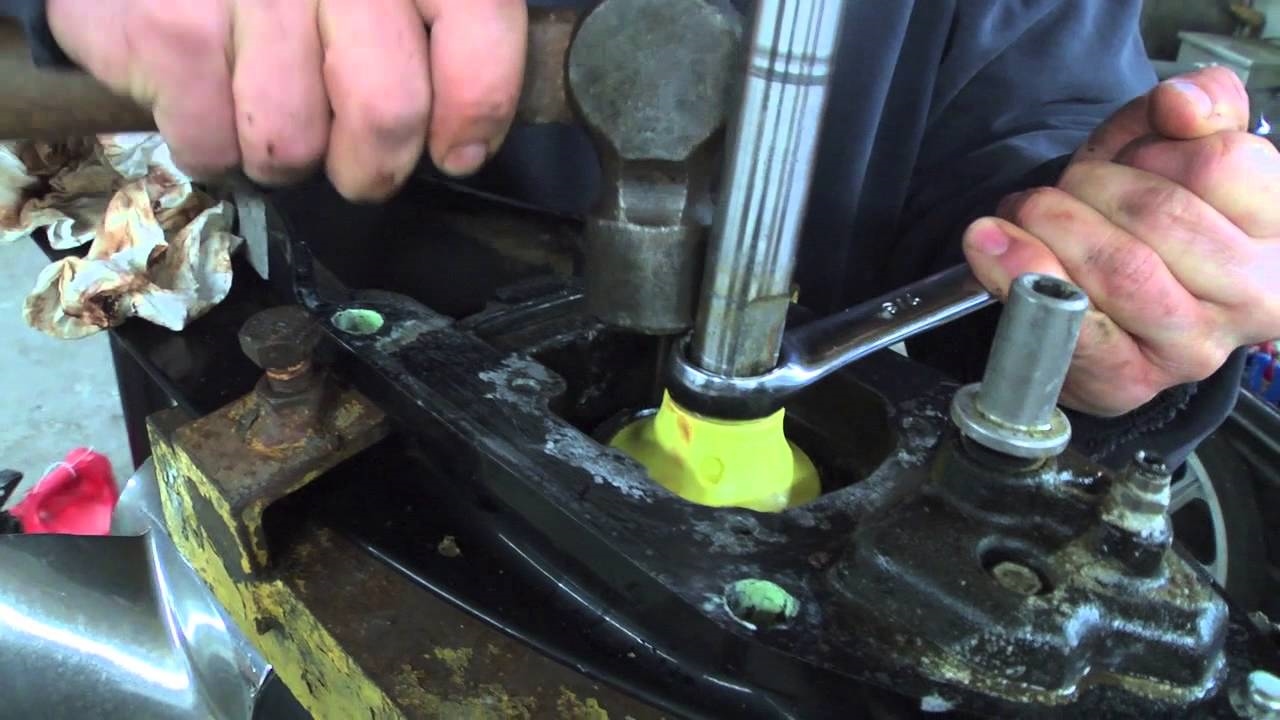
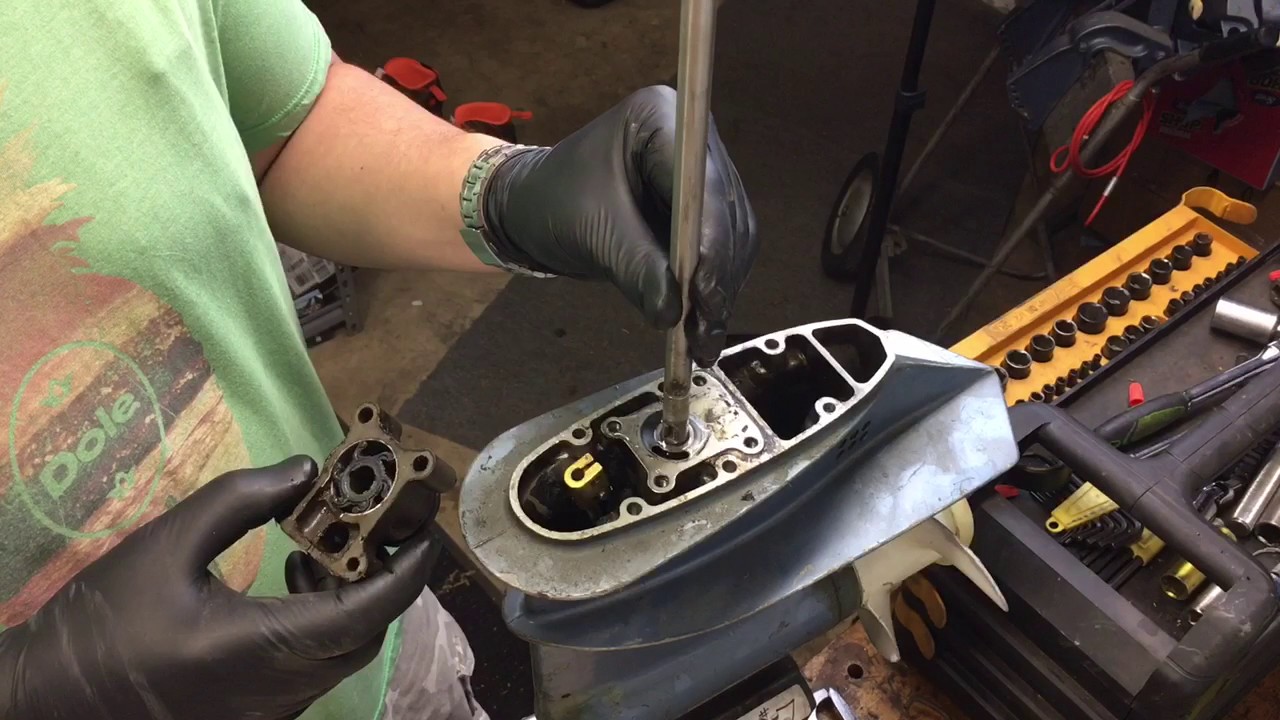
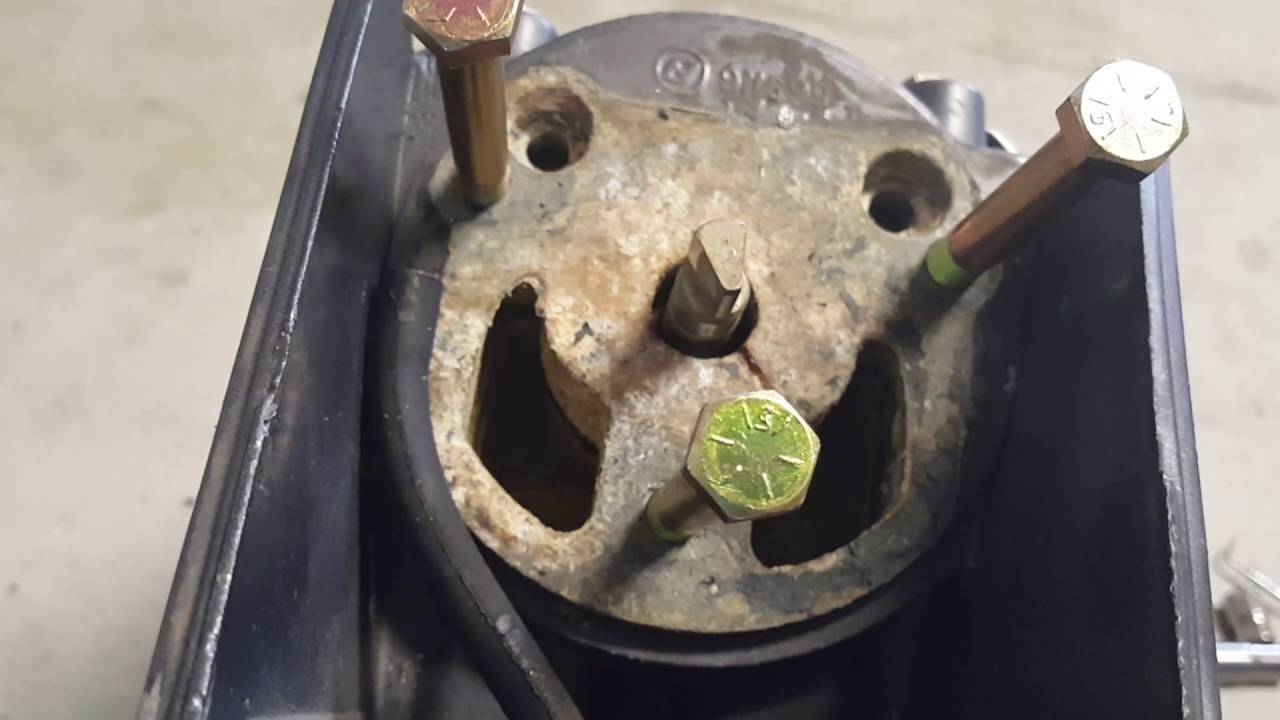
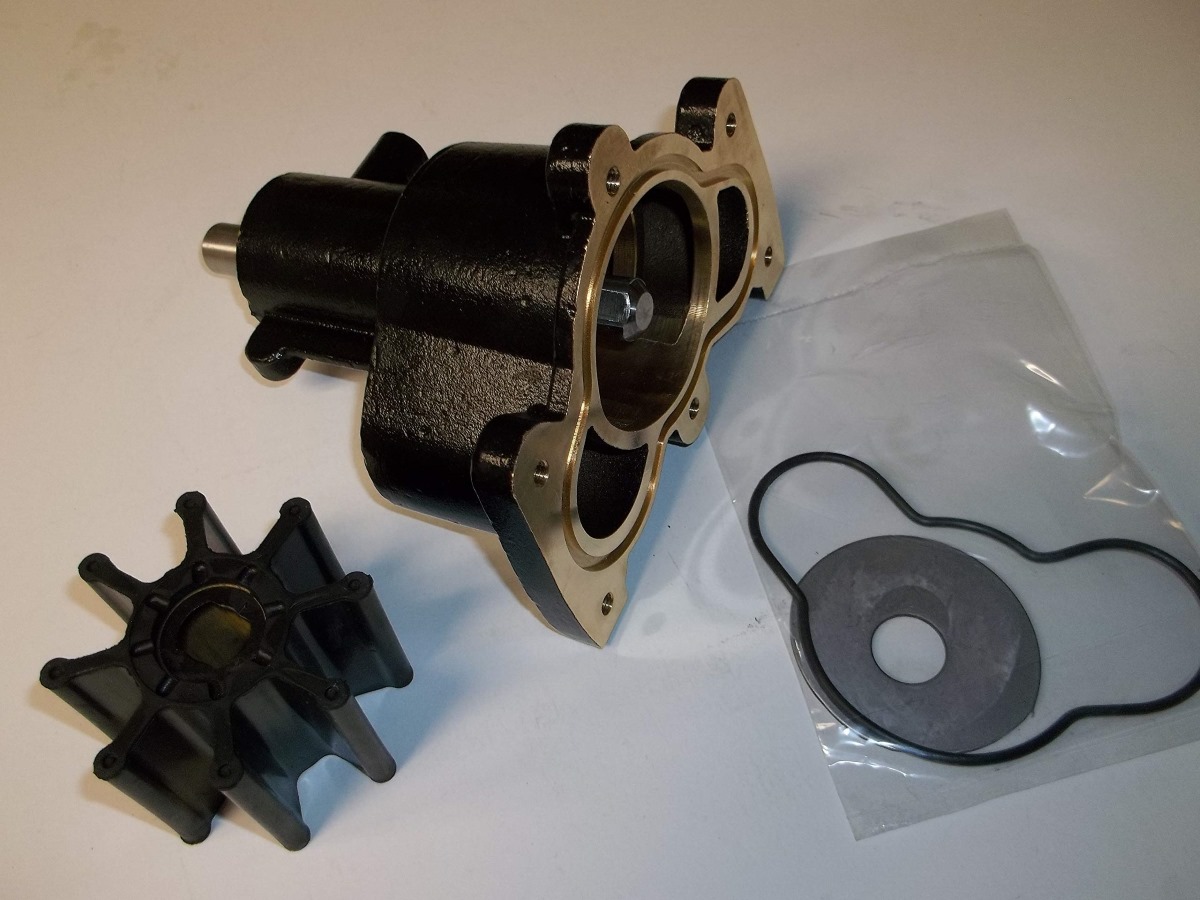
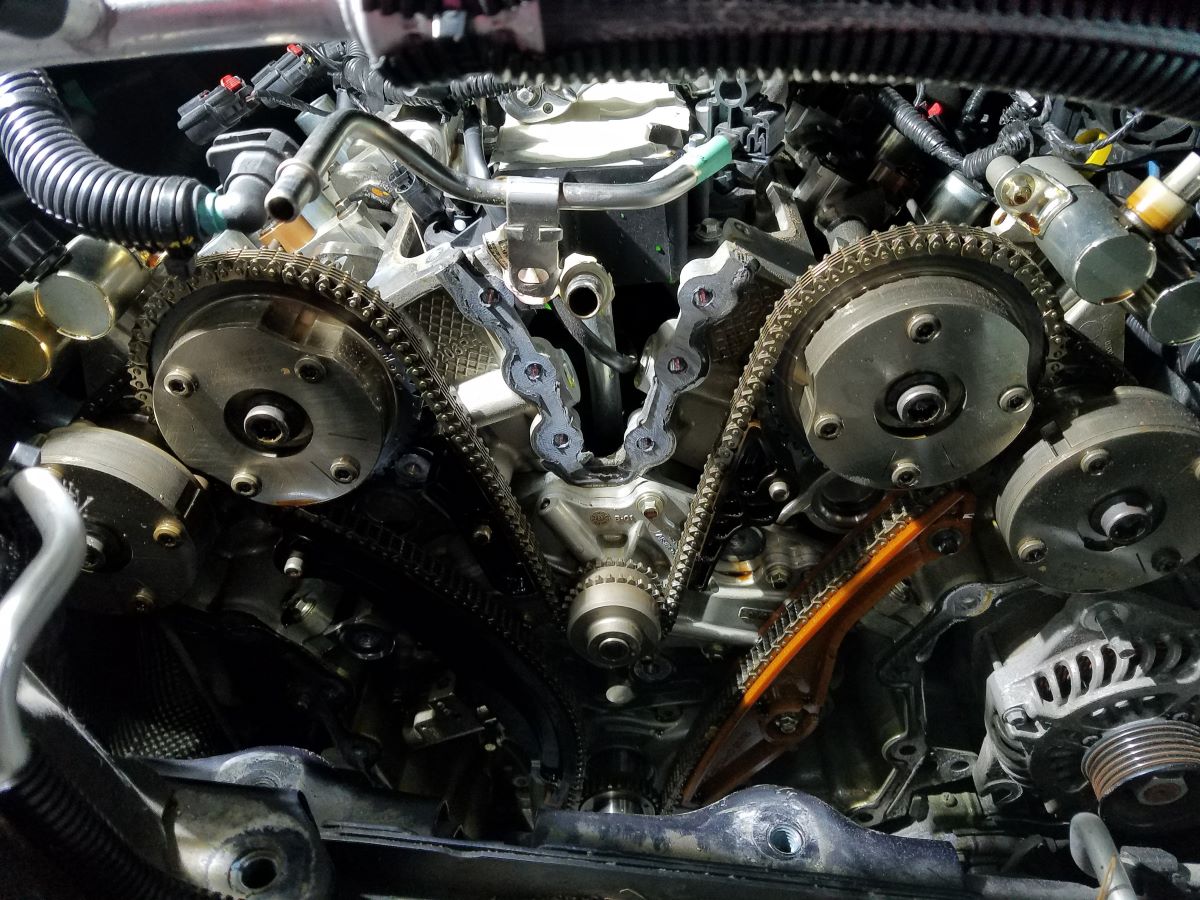

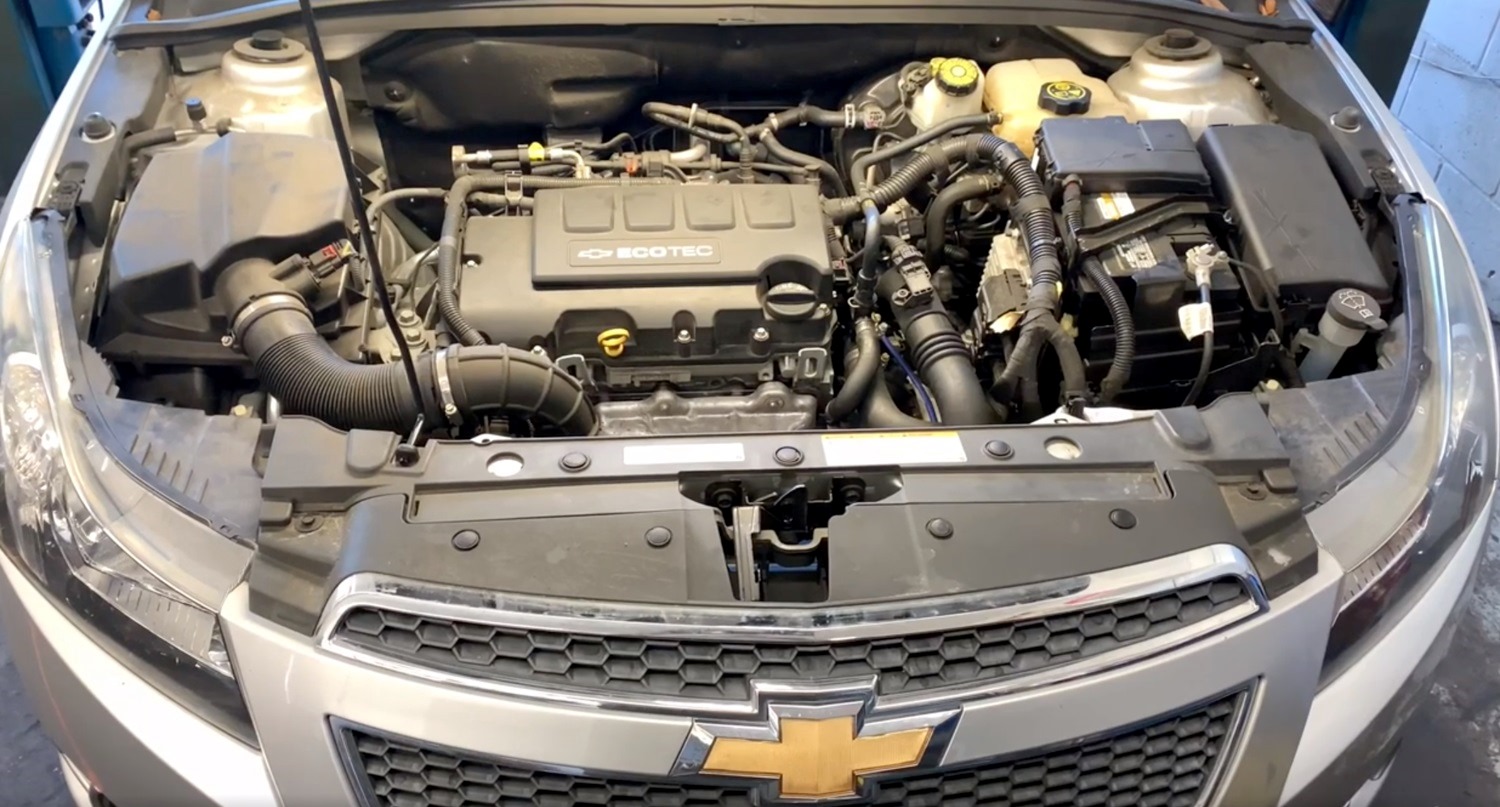
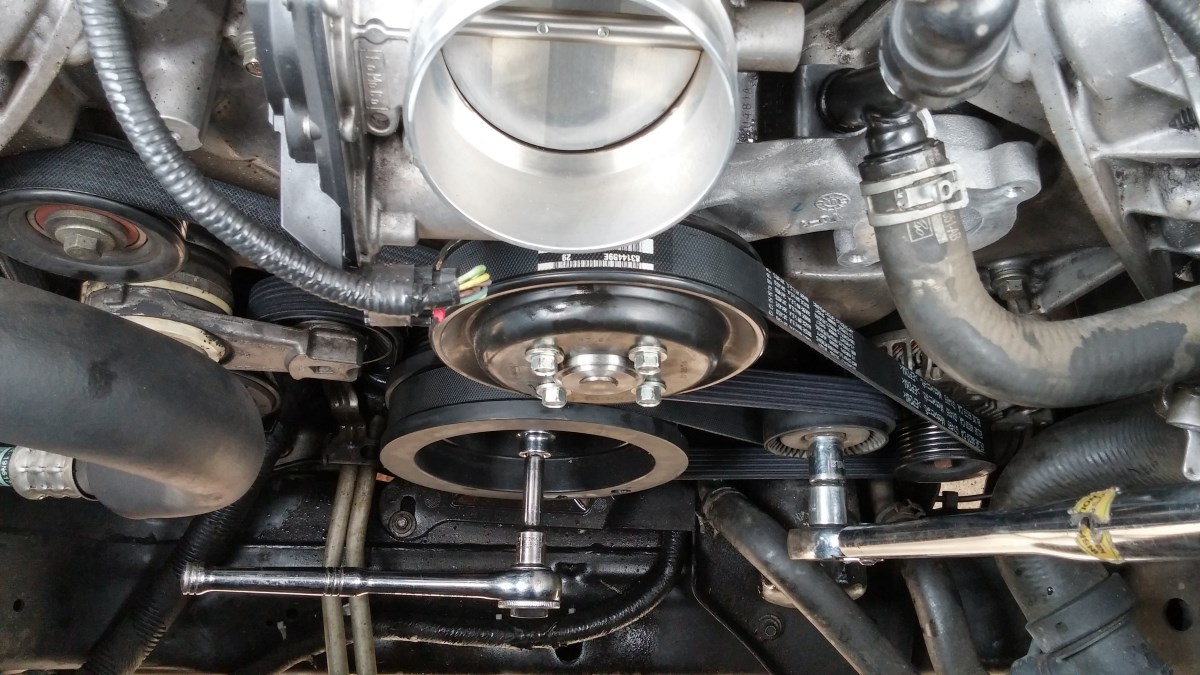
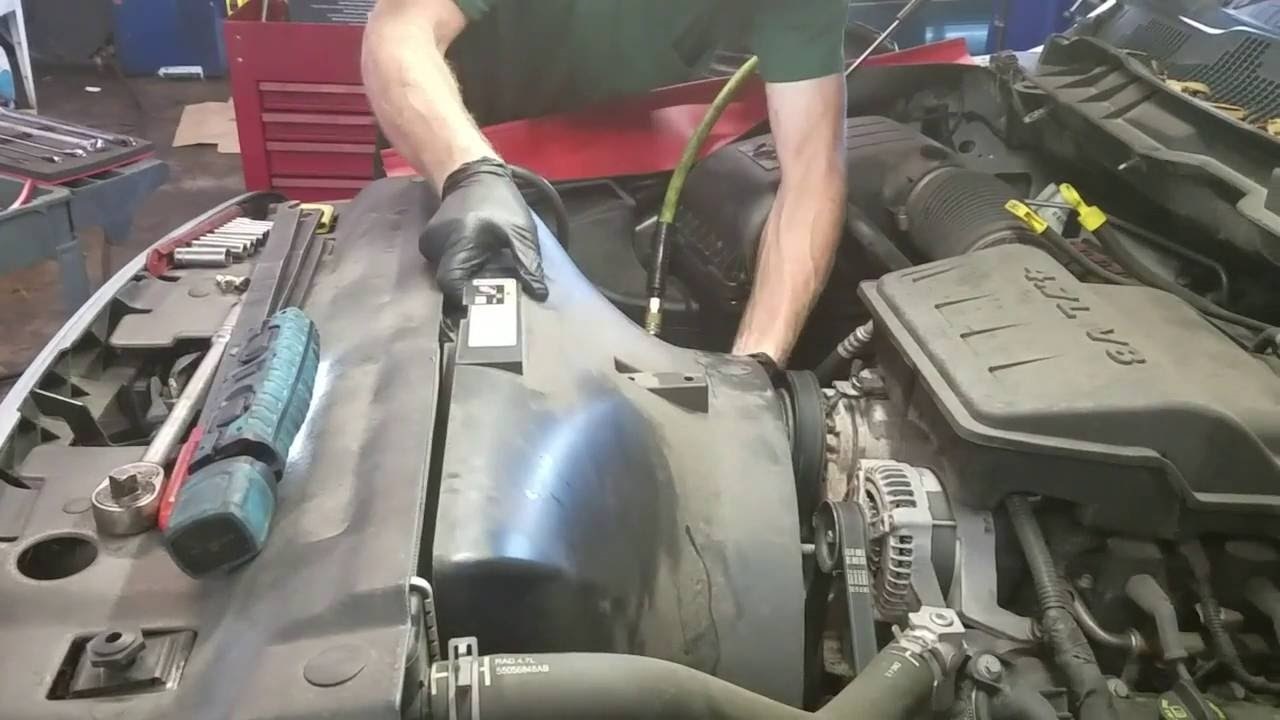
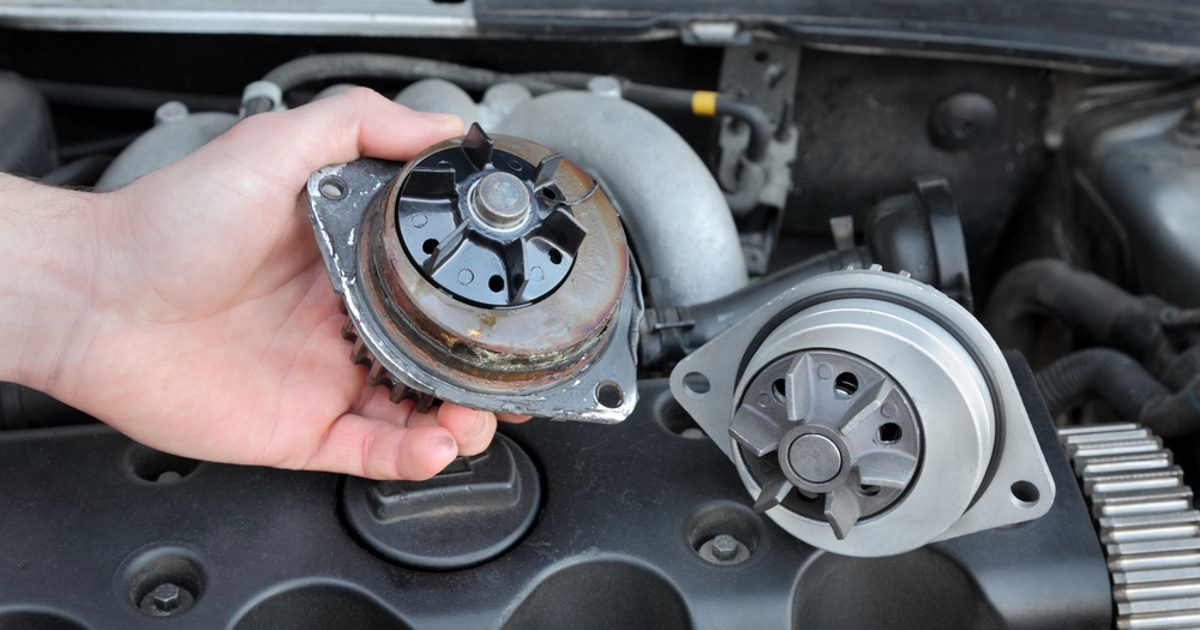
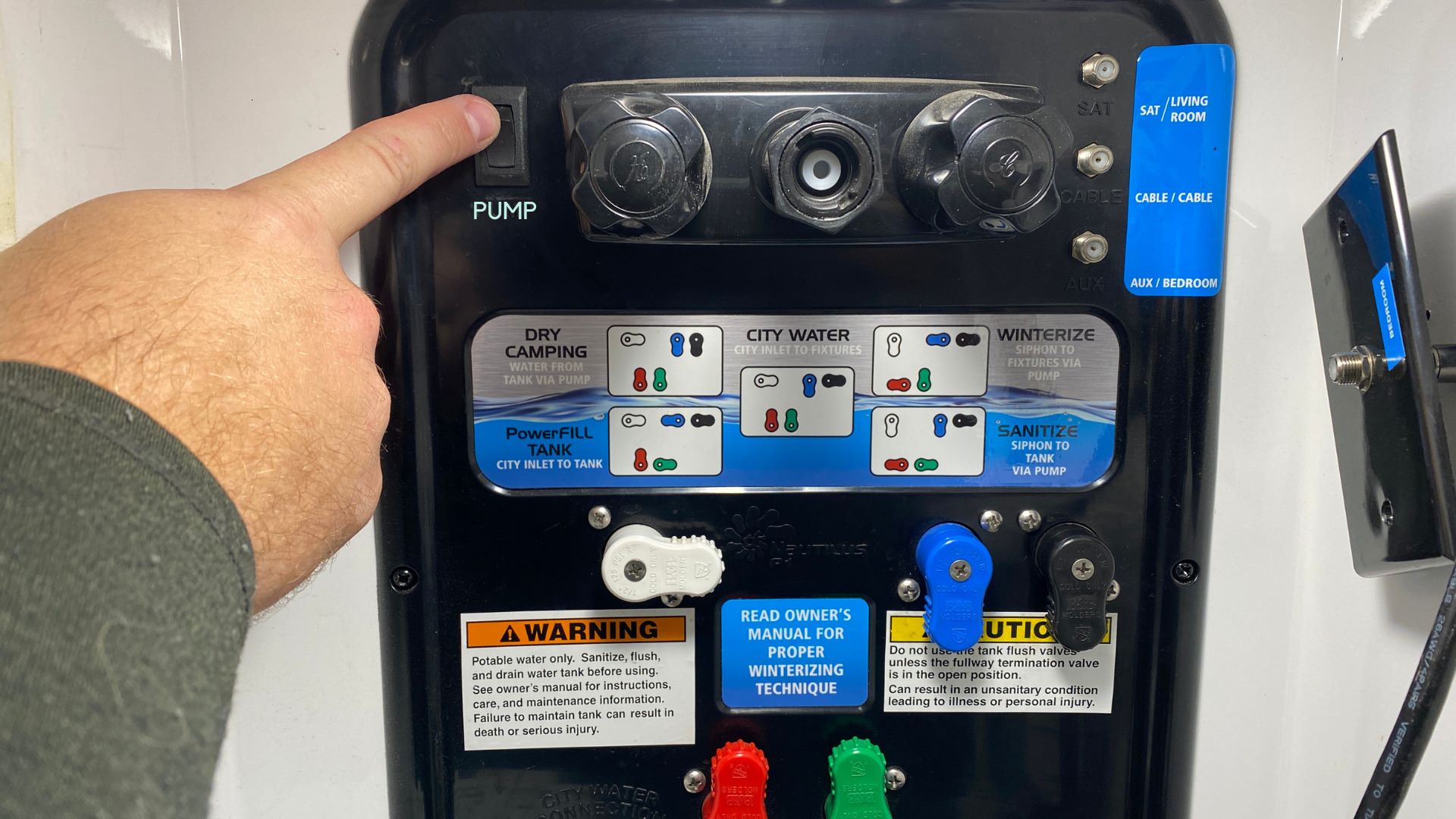
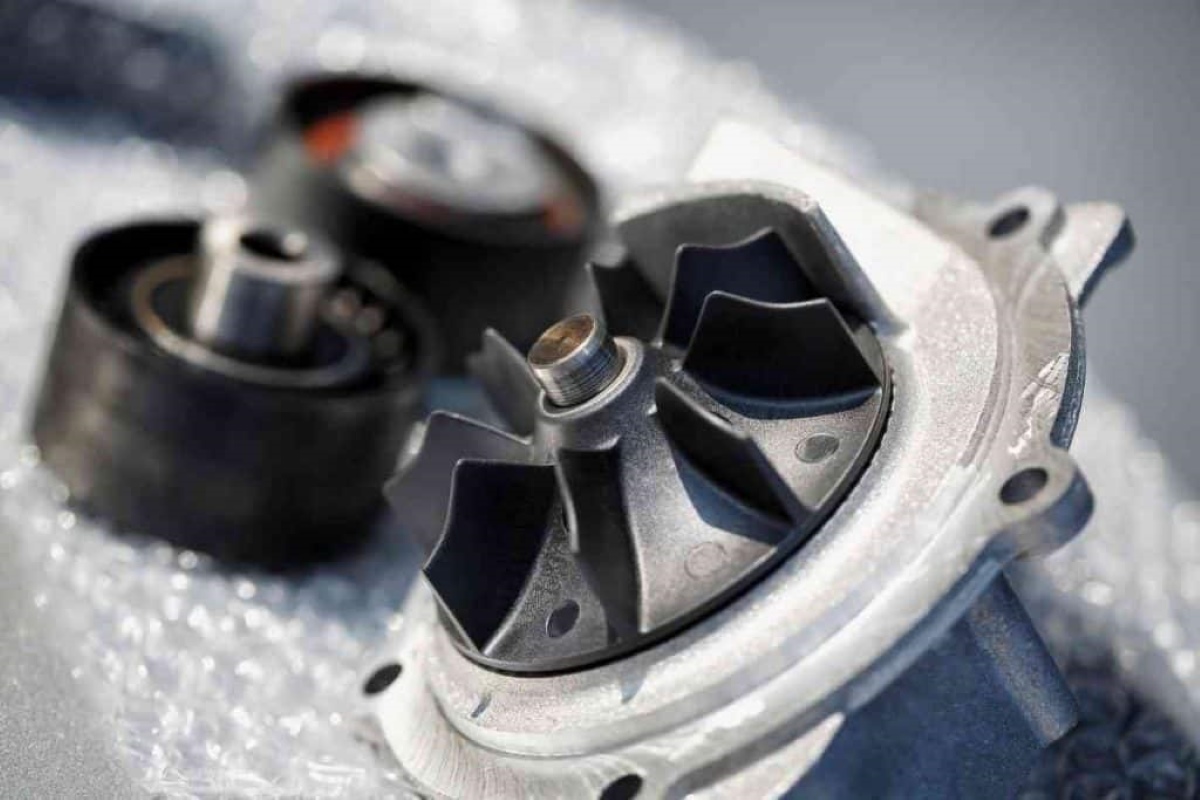

0 thoughts on “When Should Water Pump Be Replaced”